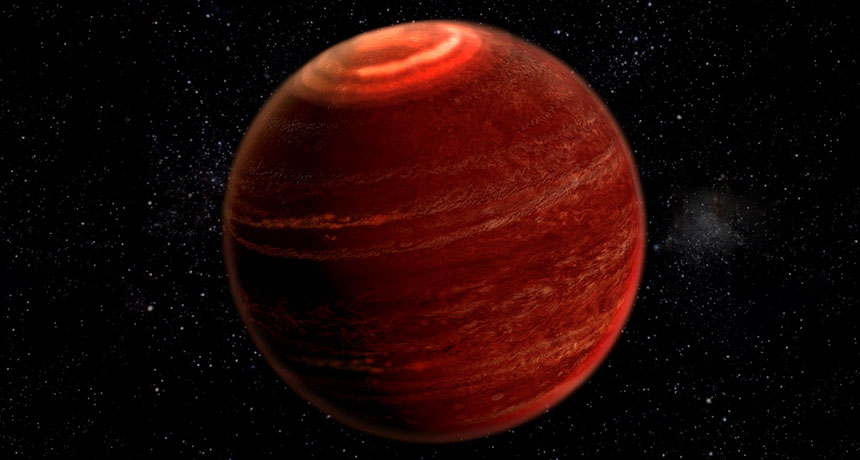Distant star has northern lights–like display
Aurora detected for first time around a body that’s not a planet or moon

SHINY Auroral lights, like those seen on Earth, shimmer in the atmosphere encircling the pole of the dim star LSR J1835 + 3259in this artist’s illustration.
Chuck Carter and Gregg Hallinan/Caltech







